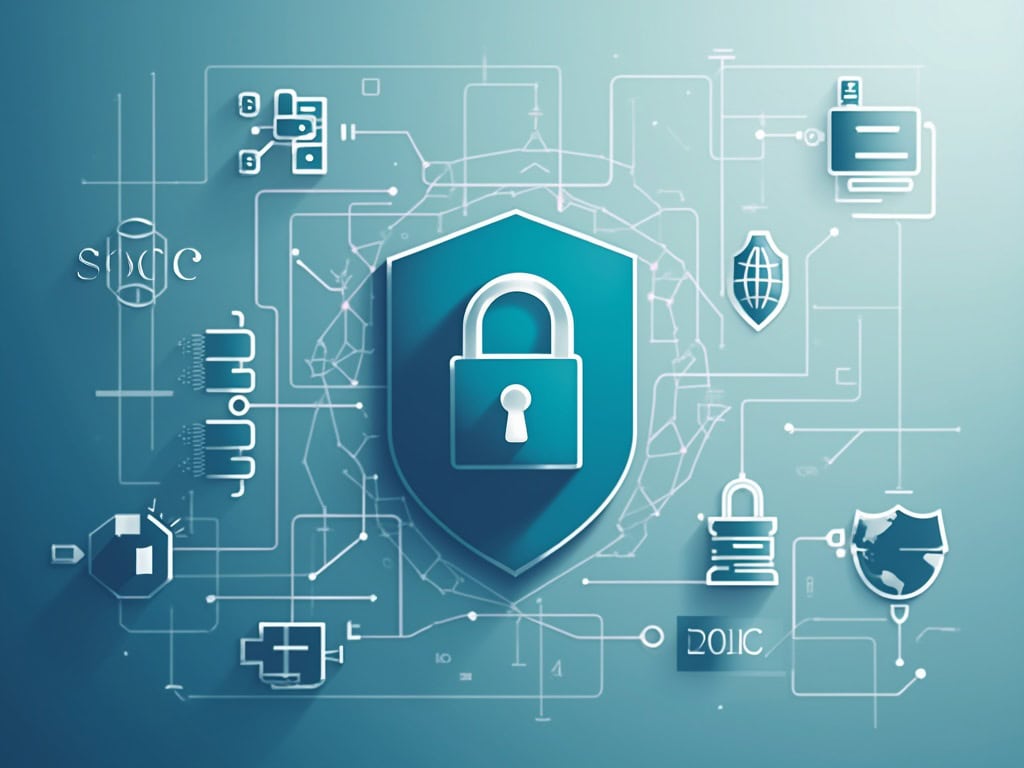SOC 2 Compliance: Rising Demand and Best Practices for Enhanced Security Validation

SOC 2 Reports Surge as Organizations Seek Enhanced Security Validation
The demand for SOC 2 compliance reports jumped 23% in 2023, highlighting growing pressure on technology vendors to verify their security practices, according to KPMG's Controls Assurance Benchmarking Report 2024. This increase reflects mounting concerns about data protection and third-party risk management.
SOC 2 (System and Organization Controls 2) reports serve as independent audits evaluating how service providers protect customer data across key trust principles including security, availability, and confidentiality. These assessments have become particularly crucial for cloud providers and SaaS vendors seeking to implement comprehensive network hardening strategies.
Critical Components of SOC 2 Evaluation
The scope of SOC 2 reports requires careful examination, as they don't automatically cover all vendor services. The reports assess several trust criteria:
- Security controls and risk assessments
- Data confidentiality and system availability
- Processing integrity for critical operations
- Privacy measures when applicable
Organizations must verify that audit periods are current, with gaps addressed through bridge letters explaining any timing discrepancies. The auditor's credentials also warrant scrutiny, including verification of AICPA peer review status. Modern organizations are increasingly implementing zero trust architecture principles alongside SOC 2 compliance.
Understanding Vendor Relationships and Responsibilities
A critical aspect often overlooked is the role of subservice providers. When vendors rely on third-party infrastructure like AWS or Azure, these relationships must be properly evaluated within the SOC 2 framework. "Carve-out" reports that exclude subservice providers require additional due diligence.
The 2024 Snowflake breach demonstrated how shared responsibility models can fail when customers don't fulfill their security obligations. Even certified vendors like Twilio experienced breaches despite maintaining SOC 2 Type II certification, highlighting that compliance alone doesn't guarantee security. Organizations should consider implementing regular gray box penetration testing to validate their security controls.
Practical Applications for Organizations
Organizations can leverage this information by:
- Developing comprehensive vendor assessment checklists aligned with their specific security requirements
- Implementing AI tools to streamline SOC 2 report analysis while maintaining human oversight
- Establishing clear processes for ongoing vendor risk monitoring beyond initial compliance verification
The increase in SOC 2 adoption represents a positive trend toward standardized security validation, but organizations must maintain vigilance in their vendor assessment processes while recognizing that compliance is just one component of a comprehensive security strategy.
For more information about SOC 2 compliance requirements, visit the AICPA's official SOC 2 guidelines.

